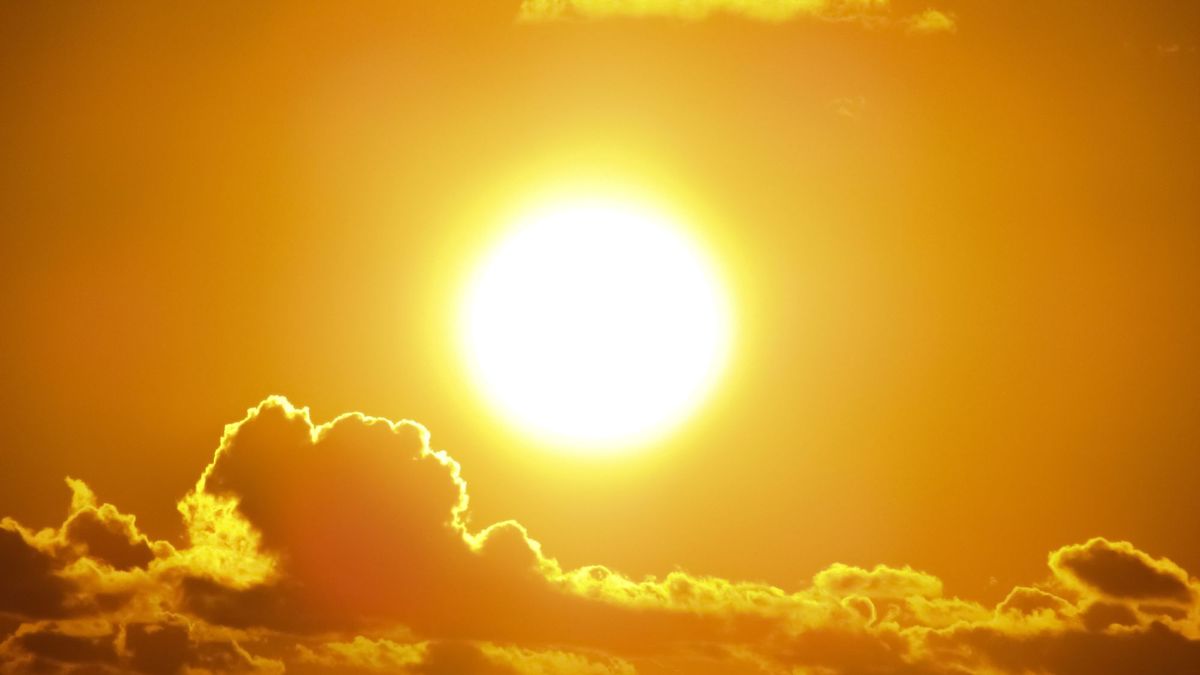2022: The year of record-breaking heat and disasters
The past year has been one for the history books, and unfortunately, not in a good way.

A few minutes every morning is all you need.
Stay up to date on the world's Headlines and Human Stories. It's fun, it's factual, it's fluff-free.
The backstory: The past year has been one for the history books, and unfortunately, not in a good way. Climate change brought about devastating effects around the globe in 2022, from heat waves across Europe, India, China and other regions to extreme rainfall resulting in devastating flooding in Pakistan. The melting of glaciers in the European Alps and the record-breaking melt of Greenland's ice sheet are just more examples of the consequences of human-induced climate change.
The development: According to a report from the EU's Copernicus Climate Change Service, 2022 was the fifth-warmest year on record. And it wasn't just hot last year; the last eight years have also been the warmest on record. The National Oceanic and Atmospheric Administration (NOAA) also confirms that the warming and extreme consequences of climate change are continuing at a concerning rate. The NOAA's report shows that 18 climate change-related disasters in 2022 cost more than US$1 billion, making it the third highest cost since 1980. And a report published in the journal Advances in Atmospheric Sciences reveals that last year was the hottest year on record for the planet's oceans.
The heat wasn't the only thing that broke records; greenhouse gas emissions also continued to rise. Carbon dioxide levels are increasing by over two parts per million, and methane, another gas that contributes to global warming, is rising by 12 parts per billion. These records make it even harder for countries to meet the goals of the Paris Climate Agreement, which aims to limit global warming to around 1.5 degrees Celsius.
But it isn't all doom and gloom. Although there a major issues that we need to address as a planet, a recent report has shown that the use of things like chlorofluorocarbons, or CFCs, which have contributed to a hole in the ozone layer, has gone down. This means the ozone layer is on track to repair itself within decades. But scientists say we have to "stay vigilant" to ensure this stays on track.
Key comments:
"2022 was yet another year of climate extremes across Europe and globally," said Samantha Burgess, deputy director of the Copernicus Climate Change Service, in a statement. "These events highlight that we are already experiencing the devastating consequences of our warming world. The latest 2022 Climate Highlights from C3S provides clear evidence that avoiding the worst consequences will require society to both urgently reduce carbon emissions and swiftly adapt to the changing climate."
"If we go forward 10 or 15 years into the future, 2022 will probably be looked at as a cooler year than average," Burgess added.
"I think it's important for everybody to realize we're already paying the price for climate change," said Dr. Rick Spinrad, NOAA administrator and undersecretary of commerce for Oceans and Atmosphere, to ABC News. "It's manifesting $165 billion worth of damage, which roughly translates to about a thousand dollars per American household."
"I've slept pretty well the last few years," said Paul A. Newman, co-chair of the scientific assessment on the ozone layer, to ABC News. "There's still problems with climate, but as far as the ozone layer, I think we're moving to be in good shape … but we need to be vigilant to make sure that we don't do something like this again."




Comments ()